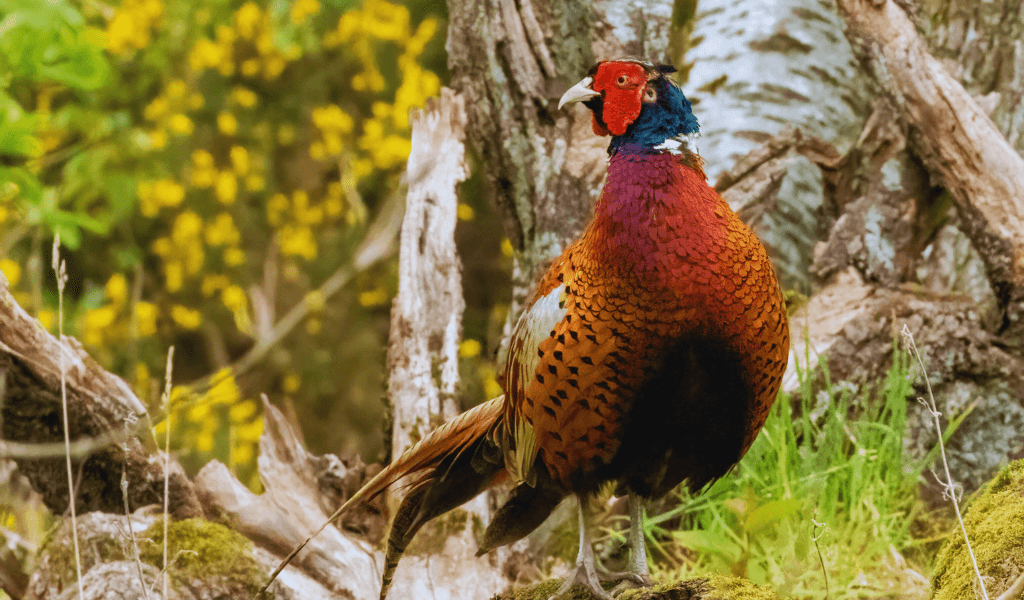Training
Gun Dog Dummies vs. Real Game: How to Transition Your Dog
Training a gun dog to retrieve real game is a gradual process, and gun dog dummies play a crucial role in preparing them for the field.
Whether you’re working with a young dog or refining an experienced retriever, knowing how to make the transition from dummies to real game is essential for success. This guide will help you ensure a smooth and effective transition.
The Role of Gun Dog Dummies in Training
Gun dog dummies are designed to mimic the size, shape, and weight of real game, allowing trainers to develop essential retrieving skills.
They help instil discipline, encourage a soft mouth, and build confidence in a controlled environment.
However, real game introduces new factors such as scent, movement, and texture, which require careful introduction.
Signs Your Dog is Ready for the Transition
Before introducing real game, ensure your dog:
- Retrieves dummies confidently and consistently.
- Has a reliable recall and delivery to hand.
- Responds well to whistle and verbal commands.
- Is comfortable retrieving fur and feather dummies.
- Works well in different environments, including water and dense cover.
Step-by-Step Transition from Dummies to Real Game
1. Introduce Scented Dummies
Start by using scented dummies that replicate the smell of real game. This helps bridge the gap between standard dummies and live retrieves. You can also use dummies covered in real game feathers or fur to introduce new textures.
2. Use Cold Game
Cold game (previously shot but not freshly killed) is an excellent next step. It allows the dog to experience real bird weight, texture, and scent without the added challenge of movement. Begin with small retrieves in a controlled environment before progressing to more complex scenarios.
3. Simulate a Real Scenario
Gradually introduce your dog to environments where they will encounter real game. Work in fields, woodlands, or near water with distractions similar to a real shoot. Practising with cold game in these areas will help them build confidence before introducing live game.
4. Train with Warm Game
Once your dog is confident with cold game, progress to warm game (recently shot birds or rabbits). This stage helps the dog adjust to fresh scent and pliability while reinforcing proper retrieving technique. Supervise closely to ensure a soft mouth and correct delivery.
5. Introduce Live Retrieves (Under Supervision)
The final step is to allow your dog to retrieve freshly shot game in a controlled shoot or training setting. Keep early retrieves simple and ensure the dog remains steady to flush and shot.
Common Challenges and Solutions
1. Hard Mouth
If your dog starts biting down on the game too hard, return to softer dummies and reinforce gentle handling through reward-based training.
2. Refusal to Pick Up Real Game
Some dogs hesitate when first introduced to real game. Encourage them by using familiar commands, playing with the game, or rubbing their favourite dummy with the scent.
3. Poor Delivery
If your dog drops or chews the game, go back to dummy training and reinforce correct delivery before retrying with real game.
Key Steps for Transitioning from Gun Dog Dummies to Real Game
- Start with Scented Dummies – Helps introduce your dog to real-game smells in a controlled setting.
- Use Cold Game First – Allows the dog to experience real weight and texture without movement.
- Train in Real Hunting Environments – Familiarizes the dog with distractions and varied terrain.
- Progress to Warm Game – Helps your dog adjust to the scent and pliability of freshly shot game.
- Supervise First Live Retrieves – Ensures your dog is confident, steady, and retrieves correctly.
- Address Common Issues Early – Hard mouth, refusal to retrieve, and poor delivery should be corrected through positive reinforcement.
- Keep Training Sessions Short and Positive – Avoids frustration and reinforces correct behaviours.
- Use an Experienced Dog as a Role Model – Helps younger dogs learn correct retrieval techniques.
Final Tips for Success
- Keep training sessions short and positive to prevent fatigue or frustration.
- Use a calm and encouraging tone to build confidence.
- Gradually increase difficulty to ensure steady progress.
- Always praise good retrieves to reinforce correct behaviour.
By following these steps, you’ll set your gun dog up for success in the field. The transition from gun dog dummies to real game should be gradual, structured, and rewarding, helping your dog become a confident and reliable retriever.

